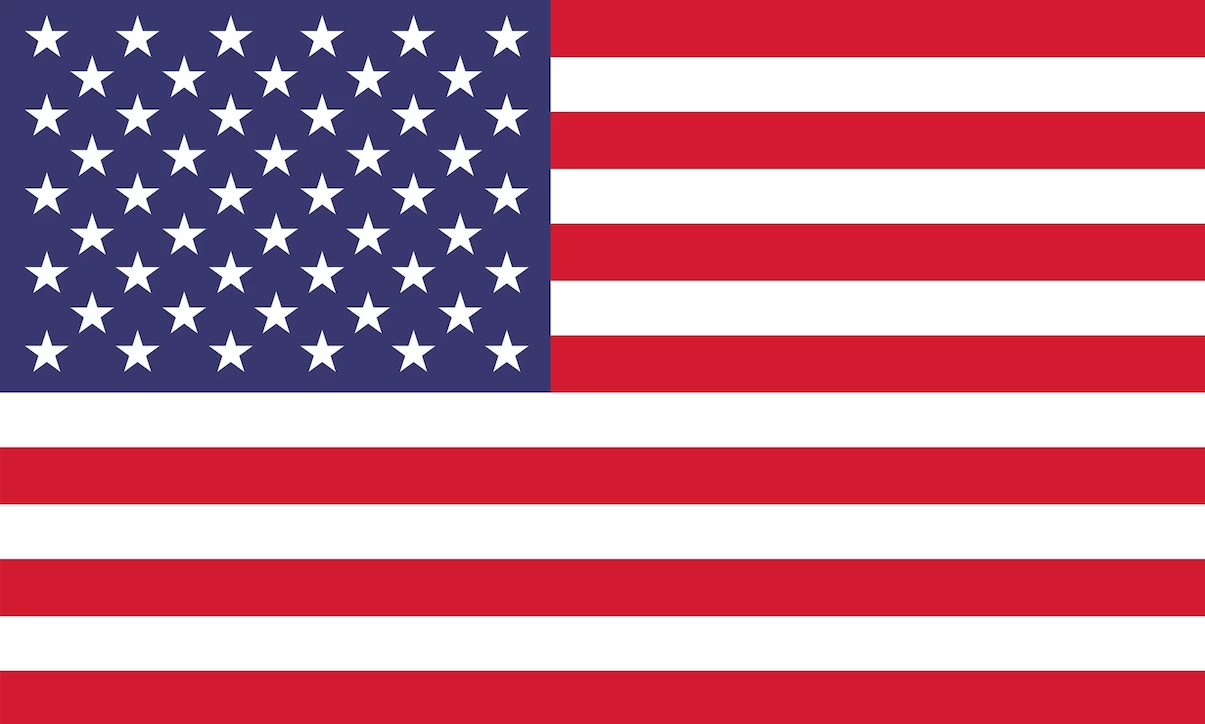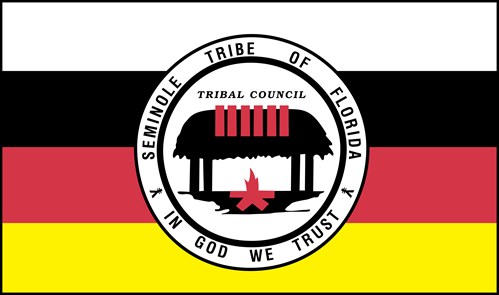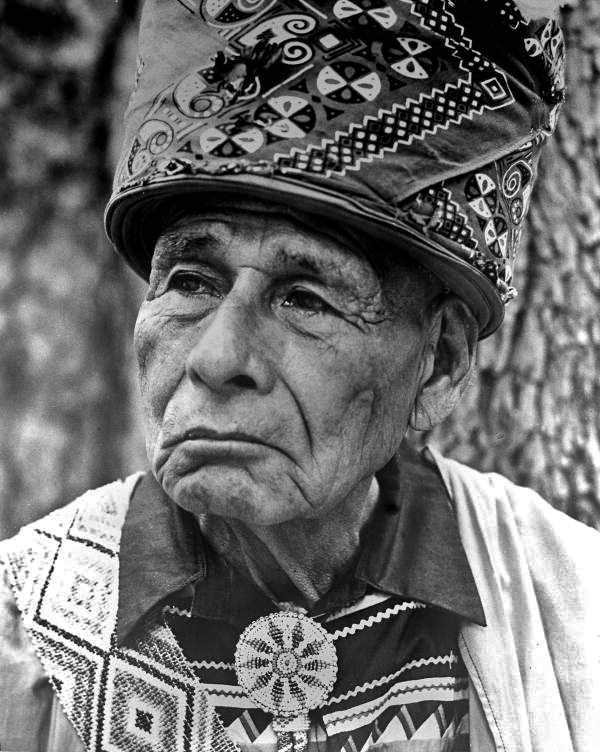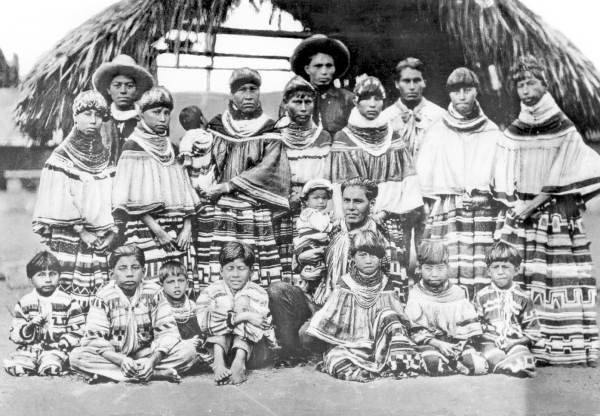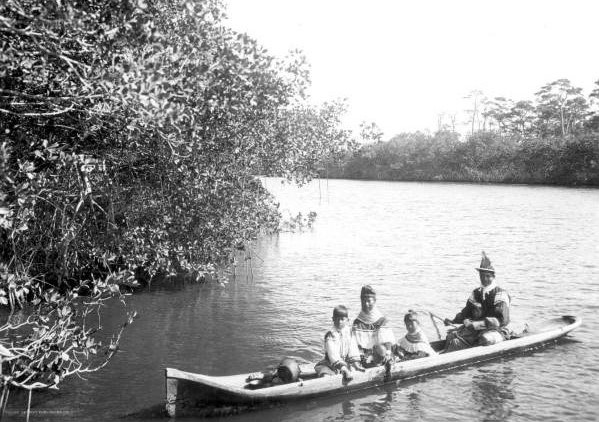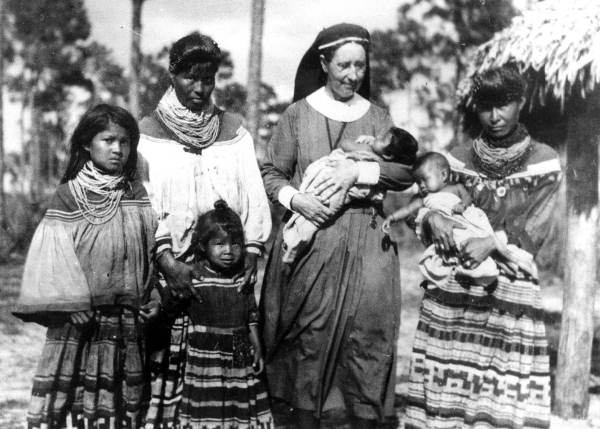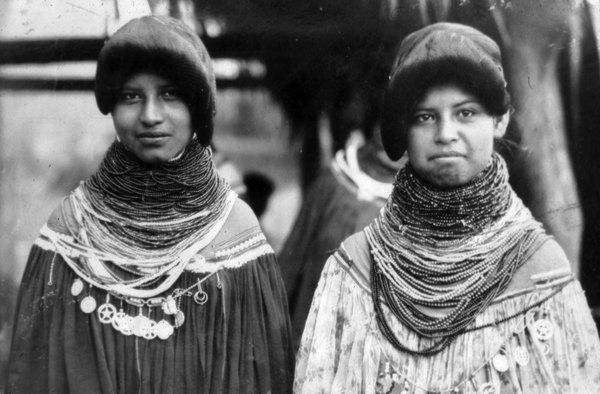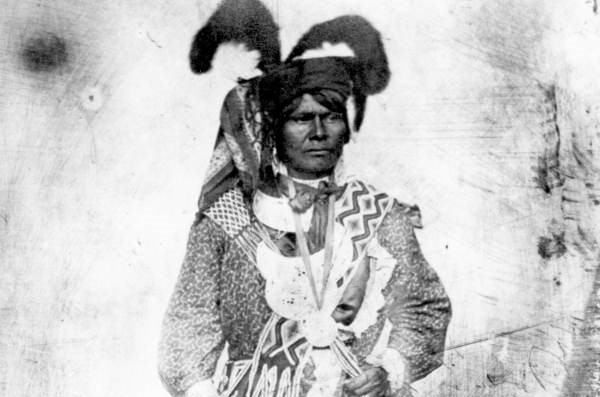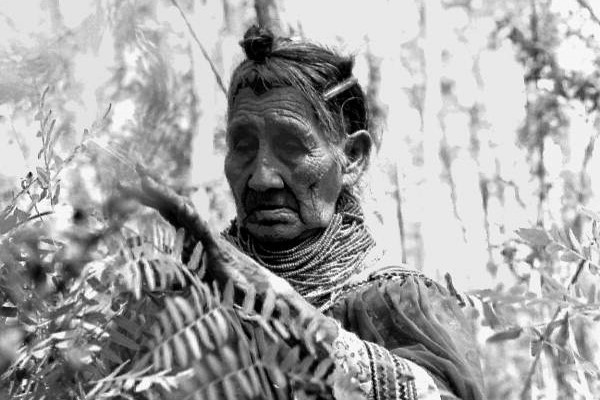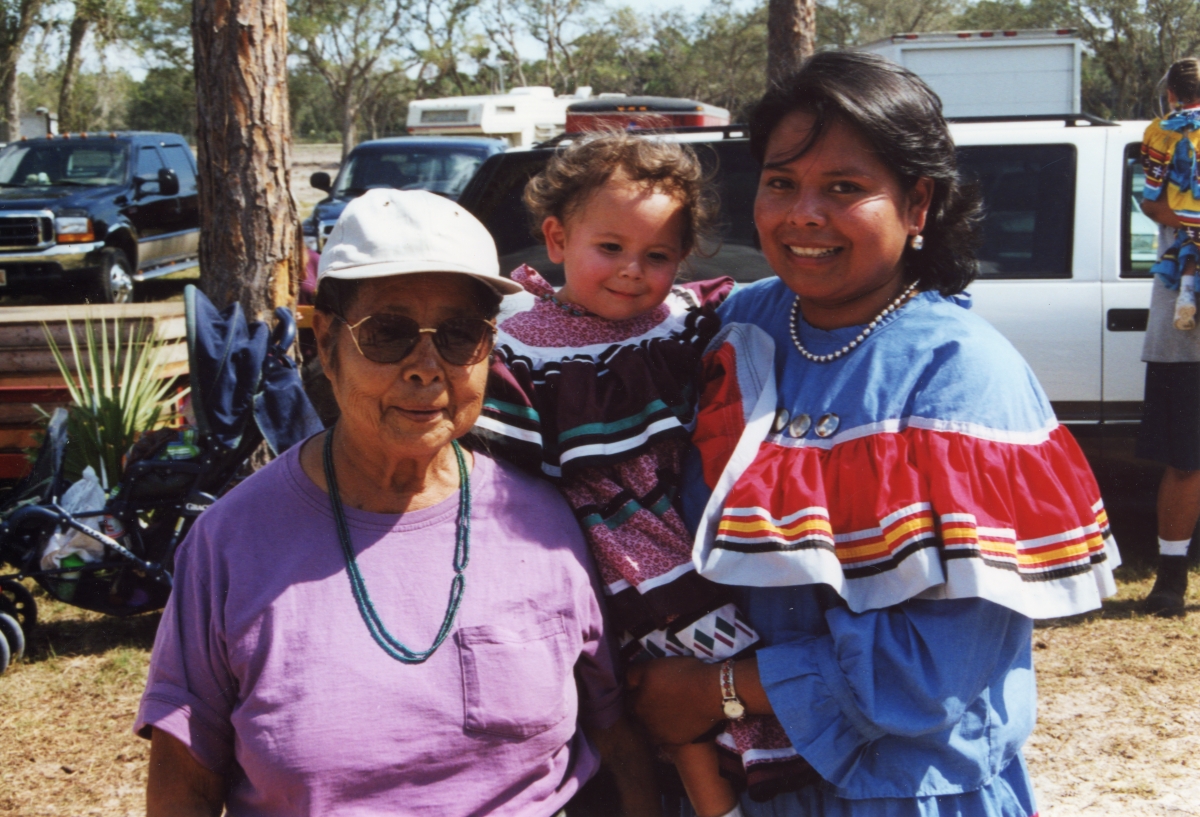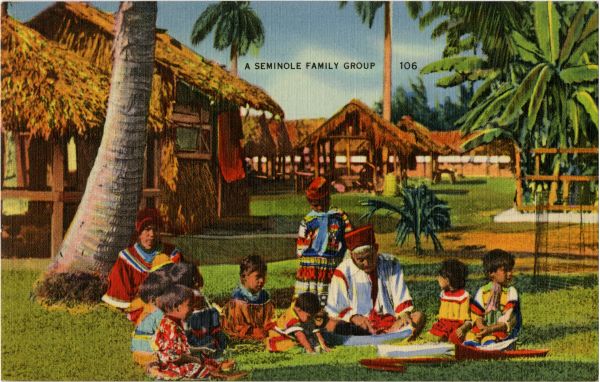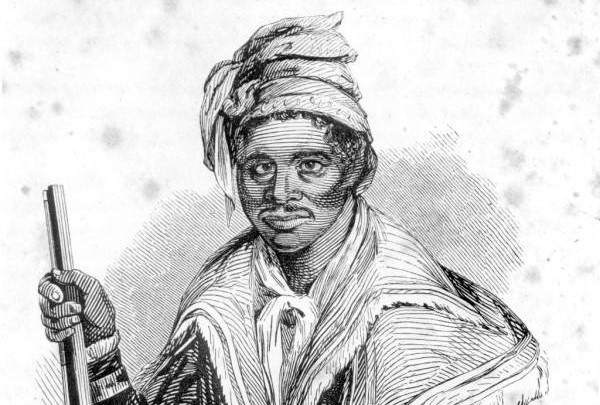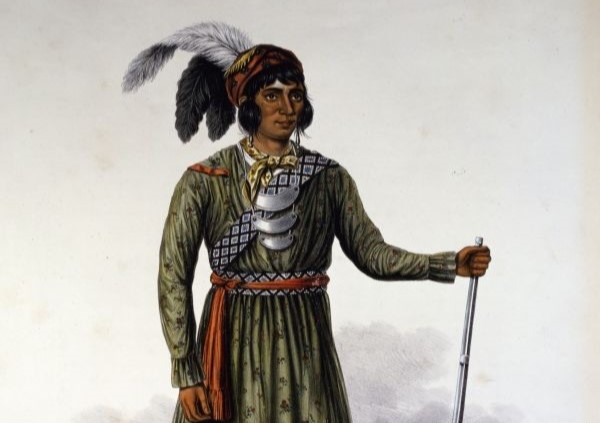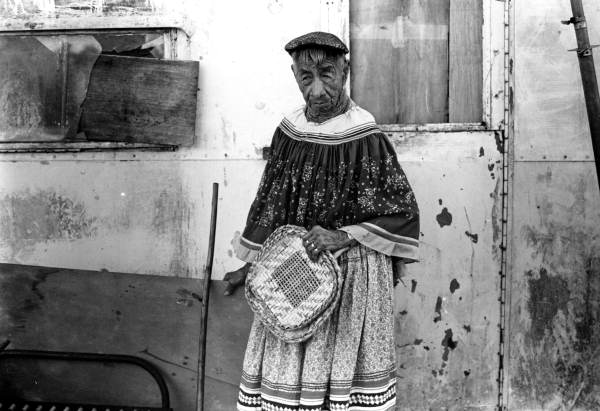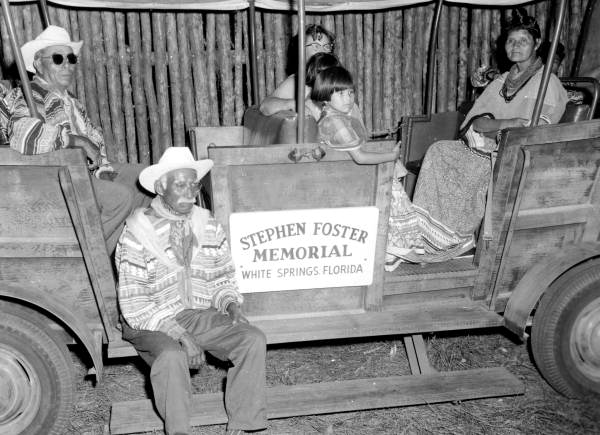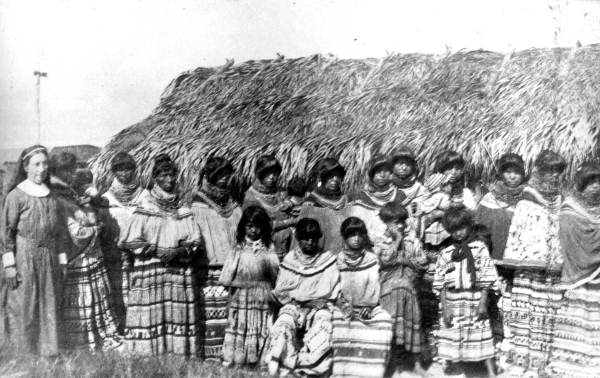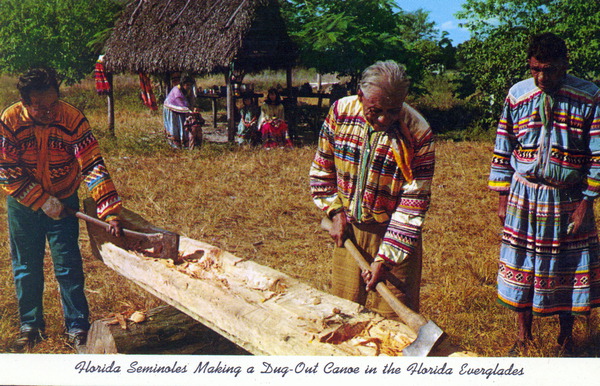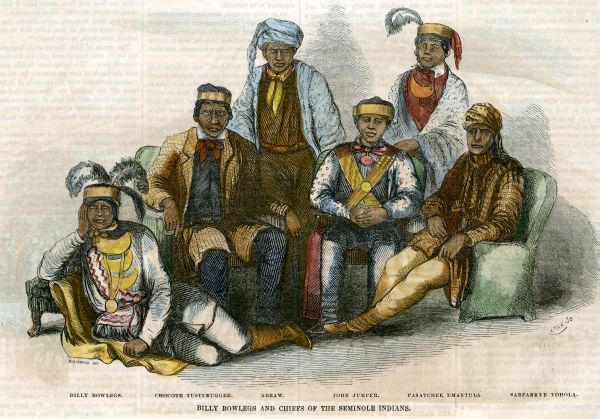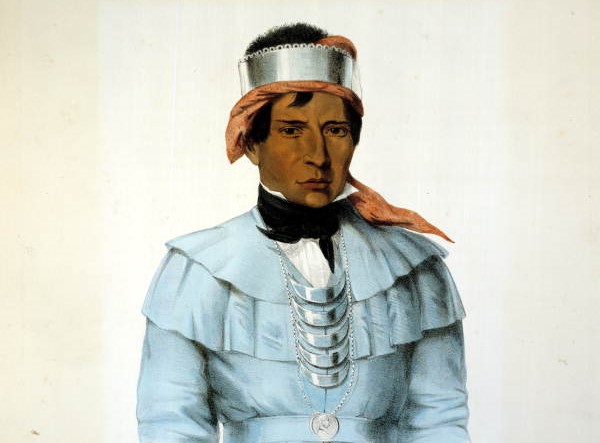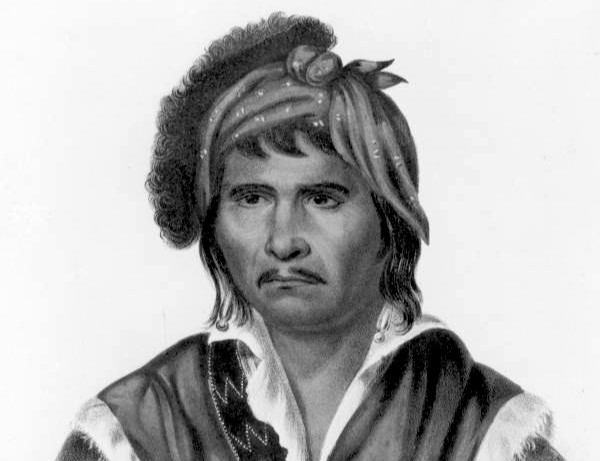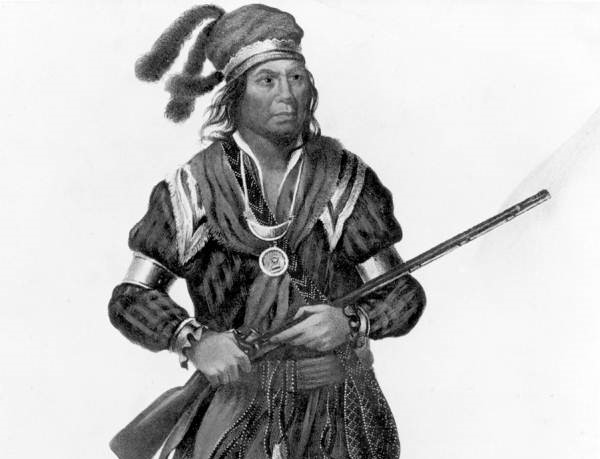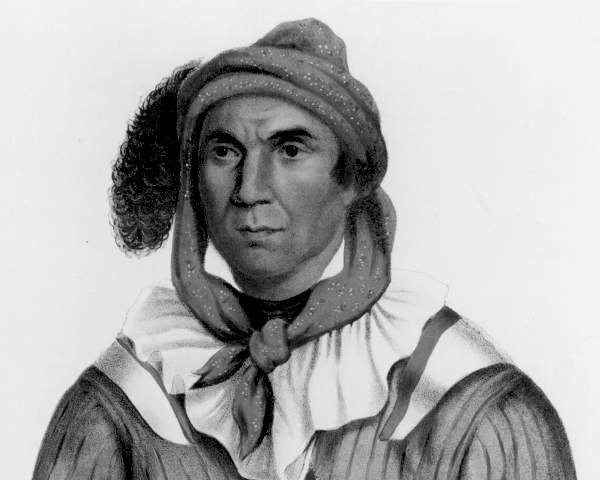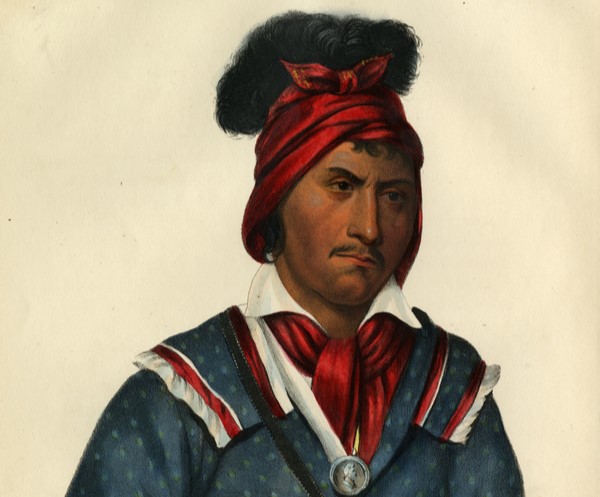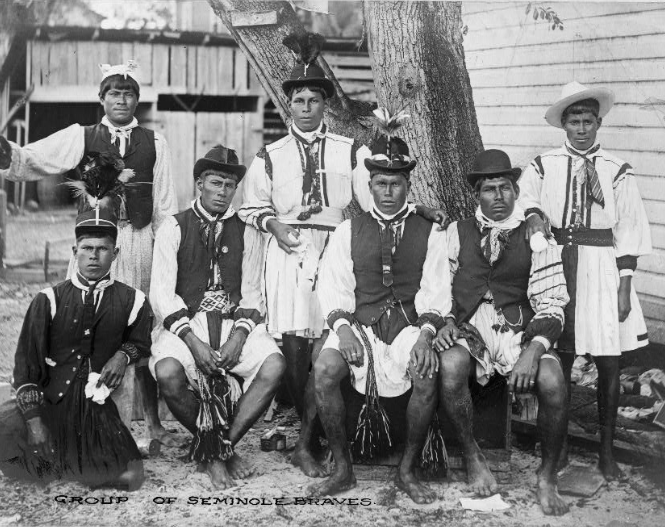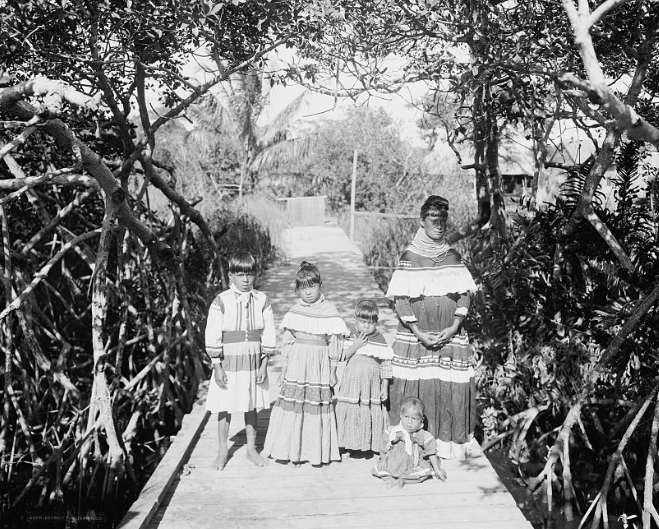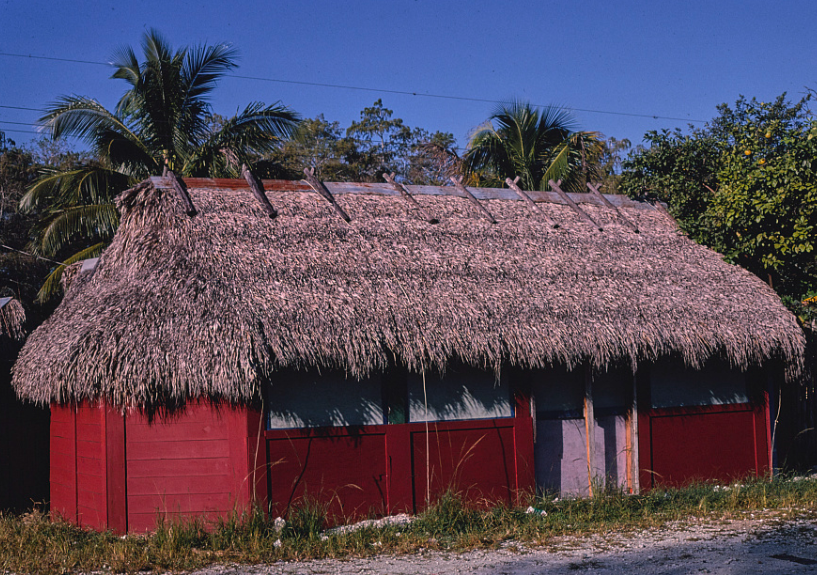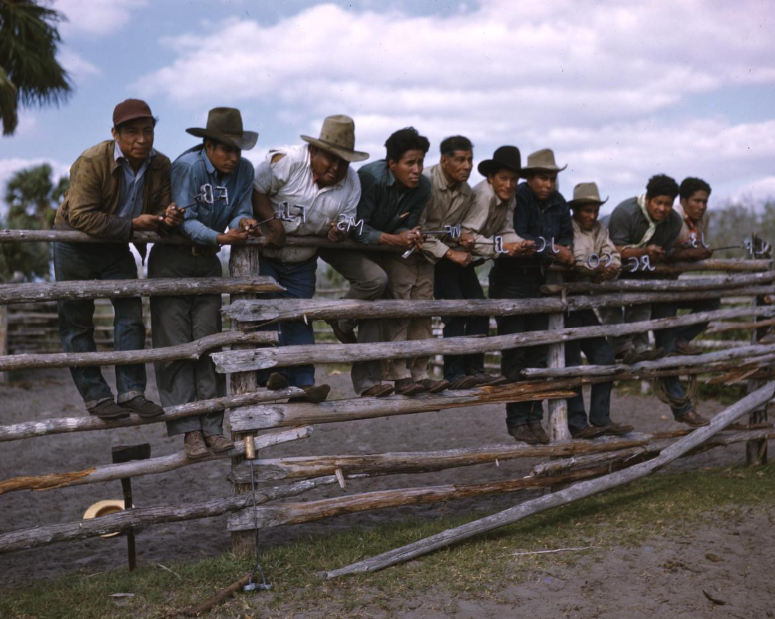" The Seminole Tribe primarily came from the Creek Indians who had moved into Florida from southern Georgia and Alabama. In 1805 thru 1816 there was increasing friction between white settlers, Florida Indians and the Creek Confederation. The Seminoles began hiding runaway slaves who had escaped from southern plantations into Spanish Florida.
On November 21, 1817, General Gaines sent 250 men from Fort Scott in Georgia to arrest Chief Neamathla; gunfire was exchanged thus starting the beginning of the First Seminole Indian War.
In March of 1818 General Andrew Jackson crossed into Florida attacking the Spanish fort at St. Marks with 3, 500 men and then marched east to the Suwanne River and attacked the village of Chief Boleck. Many Indians escaped into the swamps. Jackson was unable to find or capture the Seminoles thus ending the First Seminole Indian War.
In 1819 Florida was sold by the Spanish to the United States. There were about 5,000 Seminole Indians who claimed Florida’s 32 million acres of land as their own. In 1823 under the treaty of Moultrie Creek, they gave up their claim which resulted in reducing their land to 4 millions acres, with no access to their cultivated lands, game, and either ocean. Then President Jackson in 1830 signed the Indian Removal Act requiring the relocation of the Seminoles to Oklahoma.
Osceola, a young Seminole leader organized opposition to the relocation. The Second Seminole Indian War began on December 28, 1935 when Osceola and a band of warriors killed the Indian Agent and four other whites at Fort King. On the same day, Chief Micanopy warriors attacked Major Dade and his troops, killing Major Dade and 105 of his 108 men. Three days after the killing of Major Dade on the banks of the Withlacoochee River, 250 Seminoles Indians led by Osceola and Alligator attacked General Clinch and 750 U.S. Troops. This saved most of the Seminole villages in the area.
On February 28, 1836 General Edmund Gaines with 1,100 troops from New Orleans were crossing the Withlacoochee River, he also was attacked by Osceola with more than 1,500 warriors. Lt. James F. Izard was killed during the battle; when the fort was constructed it was named Ft. Izard in his honor during this 10 day battle. This was the only battle involving the entire force of Seminole warriors. The war Chiefs of Osceola, Alligator and Jumper were all involved, resulting in the only time when U.S. soldiers were held siege by the Indians.
After this major battle the Seminoles broke into small guerilla bands and moved south attacking by surprise and disappearing into the swamps.
Between 1835 and 1842, almost 3,000 Seminoles were removed to Oklahoma. For every two Indians removed, one American soldier died. The Second Seminole War was the bloodiest and longest in United States history. In 1842, the U.S. government withdrew and the Seminole Indians never signed a peace treaty.
Chief Billy Bowlegs lead an attack in December 1855 beginning the Third Seminole War. This was done in protest of the U.S. government sending patrols into Seminole territory. Some negotiations ended with a treaty being signed giving Seminoles land in Oklahoma.
The Florida Seminoles crept quietly deep into the Everglades. Their descendants over the years have fought the good fight and have prospered by teaching the old ways, providing for their young and old, preserving their heritage through education, museums, trusts, and holdings.
From 1845 to 1913 the area was known as Orange County. On April 25, 1913 the Orange was sliced and the word Seminole was chosen as our new county name, which means run-away just like the Seminoles.
"
Source:
Museum of Seminole County History. “Seminole Indian Wars” Accessed: 09/19/2022
https://www.seminolecountyfl.gov/departments-services/leisure-services/parks-recreation/museum-of-seminole-county-history/about-the-museum-of-seminole-county-hi/museum-resources-historical-informatio/seminole-indian-wars.stml

